Myth and Philosophy in Plato's Phaedrus
知识图谱网络
1. Introduction 2. Boreas, Typhon, and the allegorization of myth 3. The palinode: soul and eros 4. The palinode: forms and knowledge 5. The palinode: tradition and philosophy 6. The cicadas 7. Rhetoric and dialectic 8. Theuth, Thamus, and the critique of writing 9. The Phaedrus as a whole 10. Conclusion.
{{comment.content}}
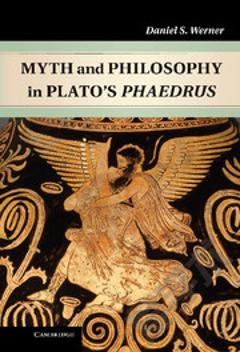
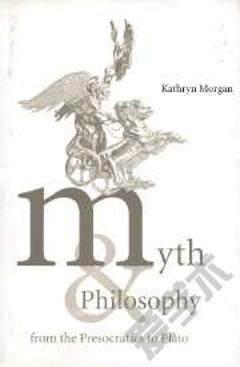
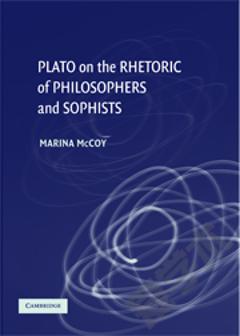
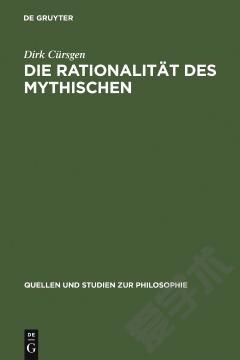

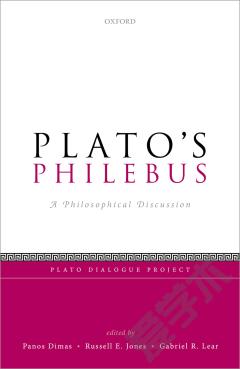


 京公网安备 11010802027623号
京公网安备 11010802027623号